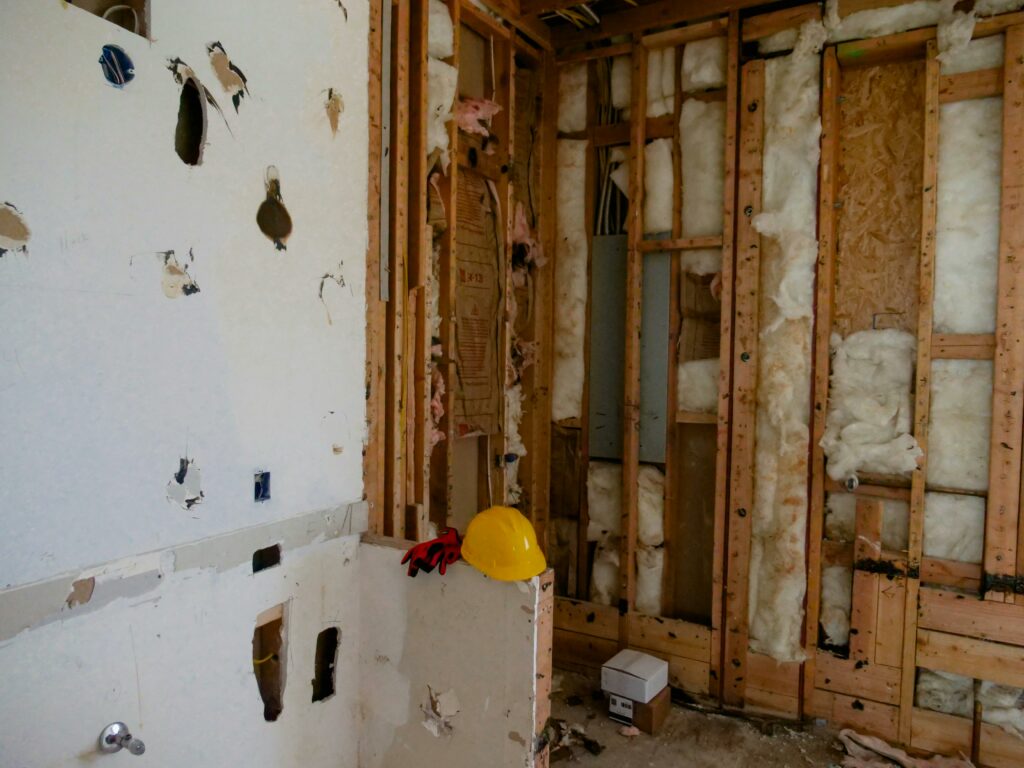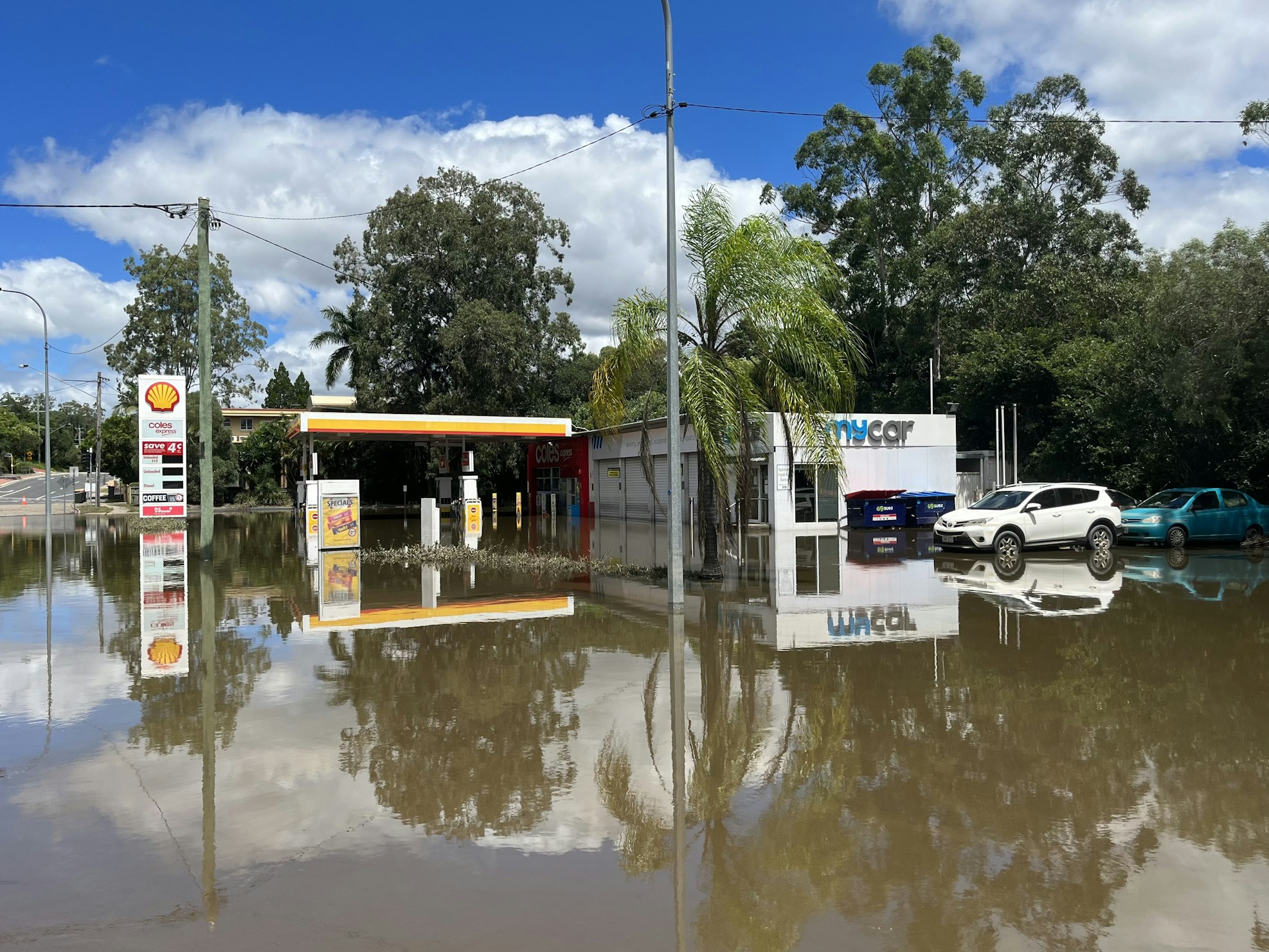Severe weather events such as Cyclone Alfred and recent flooding across Queensland and New South Wales have left a trail of destruction in their wake. As communities begin the long cleanup and rebuilding process, one critical but often overlooked danger emerges: asbestos exposure. In flood-affected homes and buildings, disturbing materials without proper assessment can release hazardous fibres into the environment, putting both residents and workers at serious risk.
If your property was built before 2004, it’s essential to arrange a professional inspection before starting repairs. In many cases, the only safe solution is professional asbestos removal.
Why Flooding Increases the Risk of Asbestos Exposure

Floodwaters damage visible structures and penetrate walls, floorboards, roofing, and landscaping, potentially dislodging or deteriorating materials containing asbestos. When these materials are broken, cracked, or disturbed during demolition or cleanup, asbestos fibres can become airborne, creating a high-risk environment for inhalation.
Key areas of concern include:
- Wall linings and ceiling panels
- Vinyl floor tiles and backing
- Roofing sheets and eaves
- Exterior cladding
- Fencing and outdoor sheds
- Contaminated mulch or soil in landscaping
In older buildings, especially those built before the national asbestos ban in 2003, asbestos-containing materials (ACMs) were commonly used for their durability and fire-resistant properties. Unfortunately, once these materials are damaged by water, debris, or hasty removal efforts, they can pose a serious health hazard.
Recent Flooding Events in Queensland and NSW Highlight the Need For Caution

Flooding across areas of Queensland and northern New South Wales caused widespread structural damage to thousands of homes and businesses. Many of the affected properties were built decades ago, long before asbestos use was restricted. The aftermath of Cyclone Alfred also caused large-scale damage to residential buildings, community infrastructure, and landscaping.
With emergency repairs underway and demolition crews moving fast to clear affected zones, it’s vital to conduct asbestos inspections before removing damaged materials. Cutting, drilling, or even sweeping near degraded ACMs can release microscopic asbestos fibres into the air. The lessons from these recent events should also carry forward into future events, as the threat from asbestos exposure will likely remain for many years.
Health Risks of Improper Asbestos Handling
Inhaling asbestos fibres, even in small amounts, can lead to severe, long-term health conditions such as:
- Mesothelioma – an aggressive cancer with no cure
- Asbestosis – chronic lung scarring
- Lung cancer – directly linked to prolonged exposure
These conditions often develop decades after exposure, making early prevention and proper handling crucial, particularly after natural disasters when the pressure to repair and rebuild quickly is high.
Landscaping and Outdoor Asbestos Hazards

Flooding also presents a unique challenge for outdoor environments. Asbestos fibres from damaged fencing, sheds, or buried waste may contaminate soil or mulch. In recent years, incidents of bonded asbestos found in commercial mulch have raised national concerns, particularly in parks, schools, and commercial properties.
Stormwater runoff and soil erosion can spread asbestos fragments across previously unaffected areas. This is especially concerning for gardening, maintenance, and landscaping crews who may unknowingly disturb contaminated ground.
The Importance of Professional Asbestos Removal
DIY removal of asbestos is not only dangerous, but it is also illegal in larger quantities. State and federal laws require that professional asbestos removal be carried out by licensed experts who can:
- Identify asbestos-containing materials through a comprehensive inspection
- Safely remove and dispose of the materials according to strict guidelines
- Provide clearance certificates confirming the area is safe for reoccupation or repair
After floods, it’s essential to engage an accredited asbestos auditing service to inspect your property before starting any demolition or restoration work.
How Global Asbestos Audits Can Help

At Global Asbestos Audits, we provide expert asbestos inspections and documentation for flood-damaged properties across Australia. Our licensed professionals:
- Assess flood-affected buildings for signs of asbestos damage
- Provide detailed asbestos registers and management plans
- Connect you with licensed removalists for safe and compliant asbestos disposal
We work with homeowners, tradies, councils, and commercial property managers to ensure no rebuilding work begins without a clear understanding of the asbestos risks involved.
Don’t risk your health or your community’s.
If your property has been affected by recent floods or storms, Contact Global Asbestos Audits for a full asbestos inspection and access to professional asbestos removal services.

